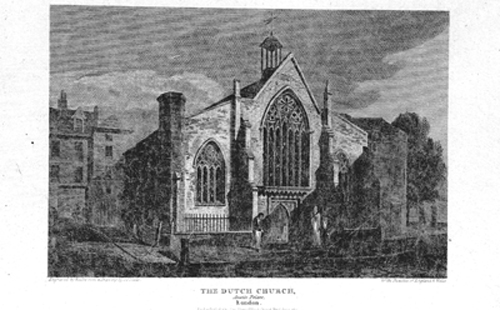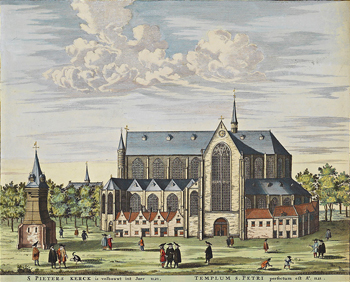As scholars take advantage of this long summer vacation to lay foundations for research and forthcoming publication, so too, behind the scenes at EMLO, the editorial team is hard at work preparing metadata for a magnitude of new catalogues of correspondence. Over the course of the next academic year, epistolary calendars for a range of august early modern intelligencers, mathematicians, philosophers, physicians, religious conformists, religious dissenters, and renowned scholars (both female and male) — but please note the alphabetical listing throughout this list, just to keep you on tenterhooks and to avoid intimation of partiality! — will be uploaded into the union catalogue. We anticipate a number of key thematic clusters and correspondence circles will converge and, in consequence, will be brought ever more clearly into focus. Simultaneously, many of our existing catalogues will be supplemented. The first brace of these —both Dutch — is re-published in EMLO this week and is highlighted for you here today.

Austin Friars, London, from Edward Wedlake Brayley, ‘A Topographical and Historical Description of London and Middlesex … By Messrs Brayley, Brewer, and Nightingale … Illustrated with one hundred and fifty views, etc’ (London, 1820), p. 23. (British Library; source of image Wikimedia Commons).
Early in 2016, EMLO created a catalogue for the Antwerp-born cartographer Abraham Ortelius. This calendar of correspondence was compiled by the scholar and archivist Joost Depuydt and was taken in part from J. H. Hessels’s first published volume of letters from the archive of the Dutch Church in London (1887). Hot on the heels of Ortelius’s catalogue, the EMLO editorial team collated and released metadata drawn from Dutch-born but Cambridge-based scholar’s second volume (1889). This volume contains transcriptions of 266 letters of members of the Dutch Church, which following Edward VI’s Charter of 24 July 1550 had settled in the nave of the former church of the Augustinan Friary in the City of London known as Austin Friars (for further details, please see last year’s blog on the archive). Now this week the first batch of metadata from the third Hessels volume (1897) has been added to the catalogue.
The two parts of this third volume are strange beasts: after working through the collection of letters in the Church’s Ortelius/Collius archive and publishing what he seems to have thought was the sum of the Church members’ letters, a significant number of additional boxes were discovered in the possession of the Church, and poor Hessels had to embark upon substantial re-ordering to bring out a complete chronological listing. Former EMLO Digital Fellow Catherine Wright (whose doctoral thesis is on the social and cultural presence of the Dutch in London between the Restoration of Charles II to the English throne and the end of the second decade of the eighteenth century) began work with this third volume, and the letters she collated are now in EMLO. The Dutch Church baton has been taken up more recently by Karen Hollewand, an Oxford student who has been working with EMLO whilst bringing her doctoral thesis on Hadriaan Beverland to successful completion; the letters Karen has calendared from this hefty Hessels volume will be uploaded to the catalogue in the next few months.

The Pieterskerk, Leiden, by Frederik de Wit. 1698. (Source of image: Wikimedia Commons)
Alongside the archive of the Dutch Church, in London a second catalogue with a Dutch theme, that of Johannes Coccejus (published originally in EMLO last November), has been augmented this week. For more information on the German-born Reformed theologian who progressed to become Professor of Theology at Leiden, please see this earlier blog where you will find reference also to the intriguing story concerning his tomb in the city’s Pieterskerk during the second world war.
There is very much more in the form of new letter records to follow in EMLO later in the year, but over the last days of this summer’s vacation I hope very much you enjoy these two rich Dutch-centric catalogues, each one with its connection to a church with a remarkable history.
